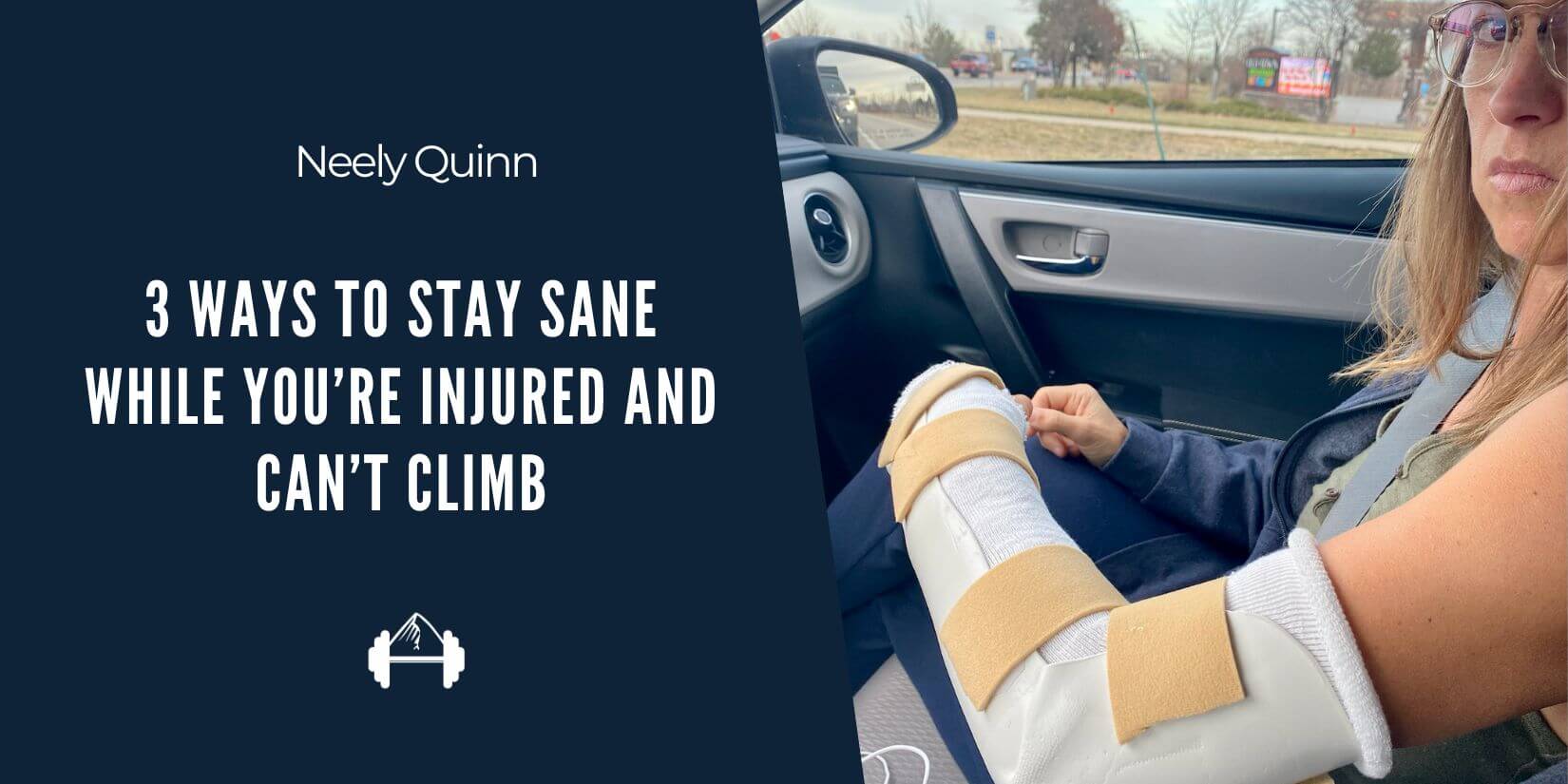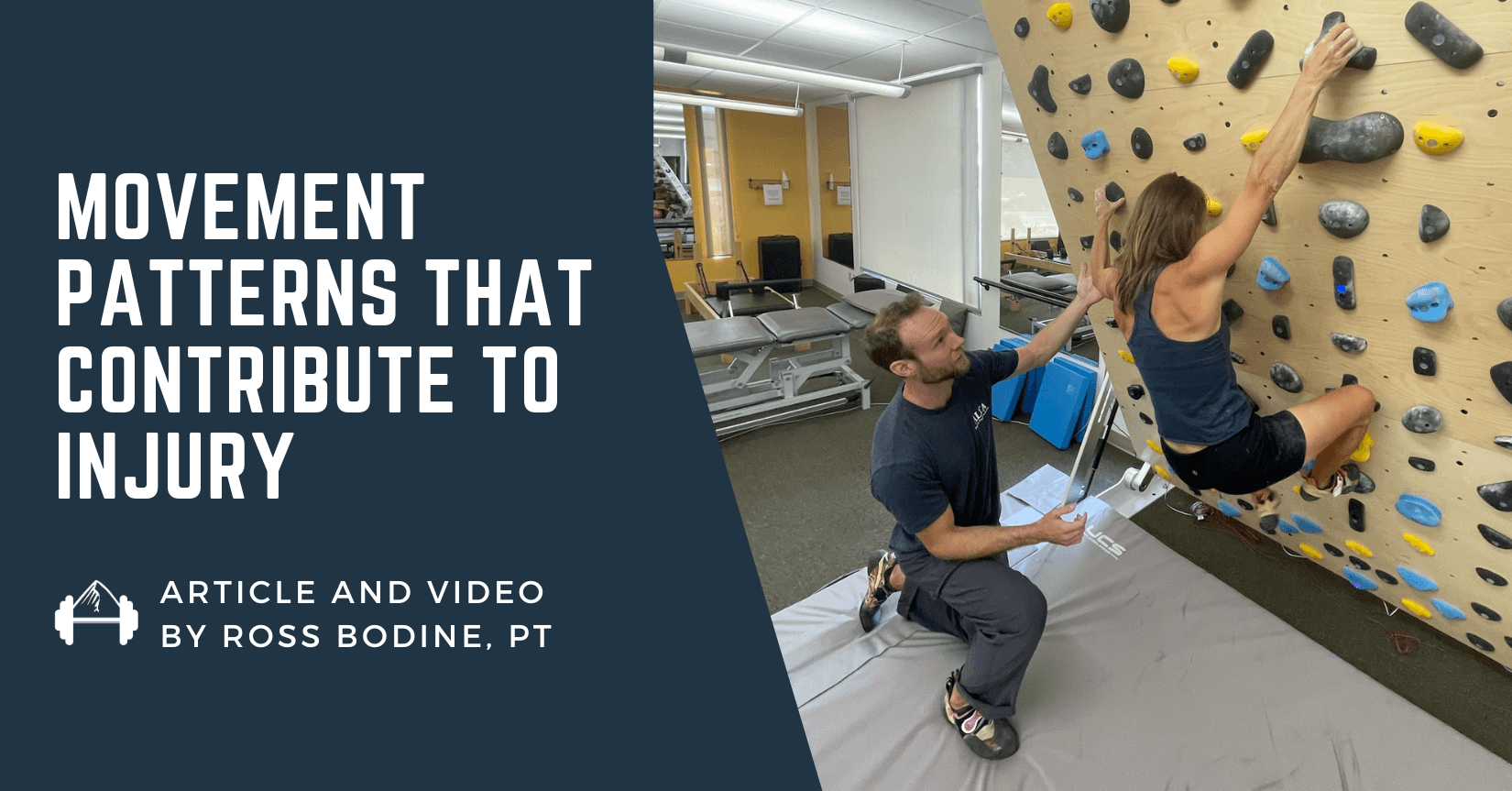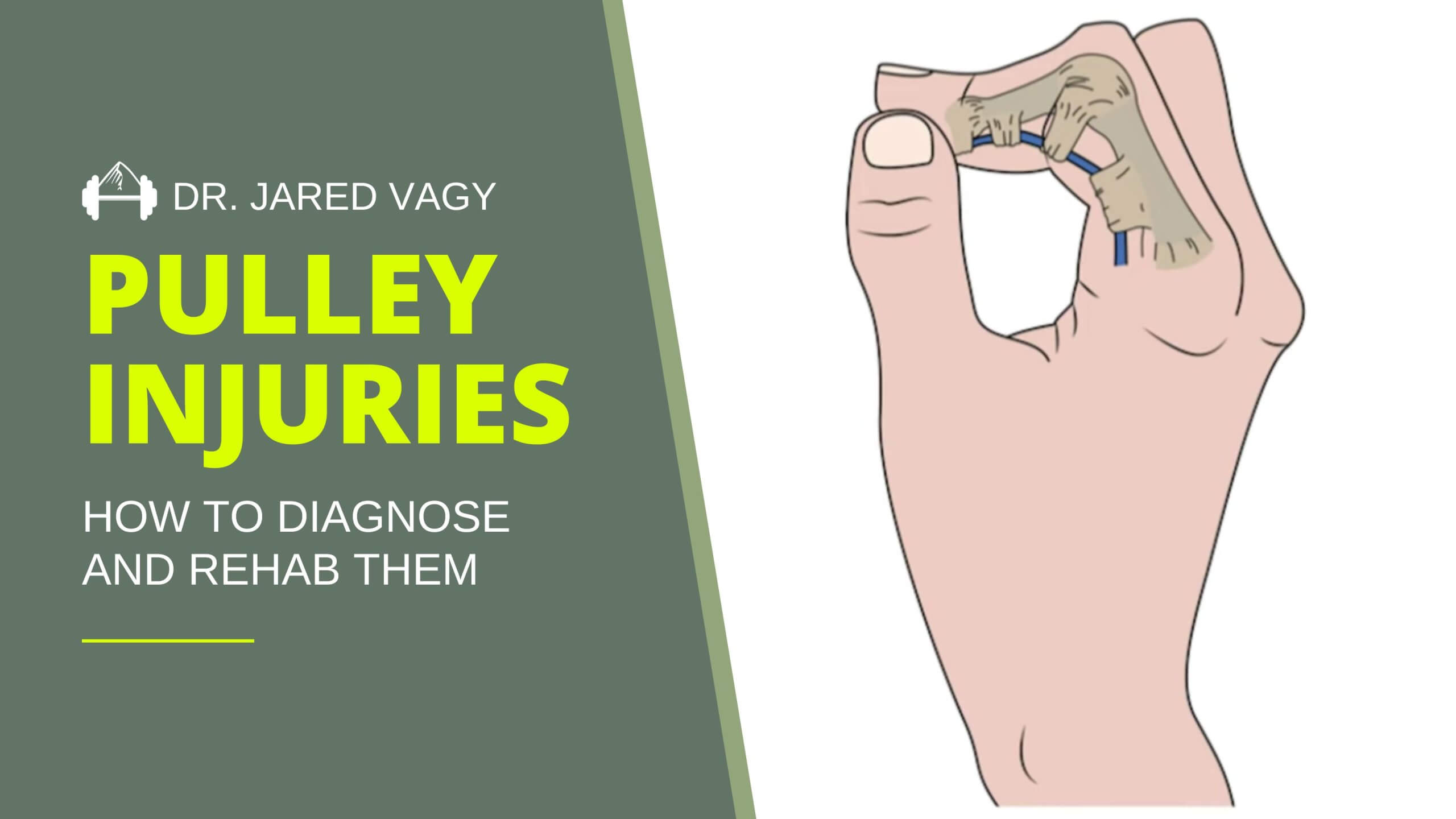Injuries suck. Not only do they prevent us from climbing in the short term, but they de-rail long term progress by forcing us to spend seasons on the couch rather than at the crag becoming better and stronger climbers. It’s no surprise then that if you look anywhere within the climbing training world there’s a lot of information about how to prevent injuries. TrainingBeta is no exception as we’ve published countless articles on injury prevention. While we believe all of this information can be helpful, there’s a lot of it. Read a bunch of it and you can quickly feel like if you did all the injury prevention work you’re “supposed” to you won’t have enough time to hold down a job let alone get outside and climb.
To help clear up some of the confusion around when, how often, and what kinds of injury prevention exercises you should be doing, here’s an excerpt from TrainingBeta Podcast Episode 116 with Dr. Jared Vagy. Dr. Vagy is a climber and Doctor of Physical Therapy and, while this episode focuses on finger injuries, in it he also outlines some general guidelines and about when and how often you should do different kinds of injury prevention/rehabilitation exercises.
Everyone and every injury is different. Hopefully, this information gives you a general idea of how much you need to be focusing on injury prevention. If you like what you see here, be sure to check out the full episode/transcript for more information from Dr. Vagy about how to heal finger injuries!
Dr. Jared Vagy on The Frequency of Injury Prevention/Rehab Exercises:
Neely Quinn: How often are people doing these exercises?
Dr. Jared Vagy: Here’s the thing: when I develop a rehab program, climbers are doing 4-5 exercises total. It’s so dialed into the specific things that you need that you’re not wasting your time spending hours a day.
As a general rule, any type of blood flow exercise that we were talking about earlier in this podcast you can do as much as you want. Neely, when you’re sitting at your desk you can bring your arms in circles and flick your fingers and wrists and all of that as much as you want during the day to increase blood flow. Seth can put the blood flow restriction cuffs on him up to two times a day. Actually, you have to cap that one but anyway, you can do the voodoo floss that we talked about earlier, you can do the acupressure rings. There’s not too much of a limit for blood flow.
For mobility categories it’s similar. You can’t really overdo it on the quantity of stretching but maybe the intensity of stretching you can. You can do those every day, sometimes even up to three times a day.
But when you get into strength exercises, those ones you want to do every other day because for that you need time, at least 24-48 hours, for the muscles to recover.
Neely Quinn: Wait – can you say that again? I know I could just pause and rewind but how many times a day and how many days a week?
Dr. Jared Vagy: If you’re doing any type of blood flow, trying to get more blood flow to the area, do that as much as you want. You can’t go wrong with that unless, potentially, with blood flow restriction you’re causing issues in changing your blood pressure and so forth. Be aware of that but that’s outside of what we need to talk about on here. For increasing blood flow, do that as much as you want.
For mobility, do mobility every day. You can even do it up to three times a day. You just want to make sure that you don’t go too aggressive in the actual exercise but the quantity you can do every day and up to three times a day.
For strength training, you need at least 24-48 hours for the muscles to recover. I’ll oftentimes recommend doing that every other day.
Full Episode/Transcript: TBP 116 :: Dr. Jared Vagy on Healing Finger Injuries
(photo Tony Stark climbing in Lander, WY | courtesy of Matt Pincus | @mpincus87)
Other Articles You Might Like:
- The Climbing Doctor: Finger Pulley Strains
- Hang Right – Part 3: Healing Nagging Finger Injuries
- TBP 076 :: Esther Smith on How to Heal Your Finger Injury
- How I Came Back Stronger After A Finger Injury







Thanks, I found this very useful. I’ve been climbing for a couple of year now and have had to deal with a few unwanted injuries.